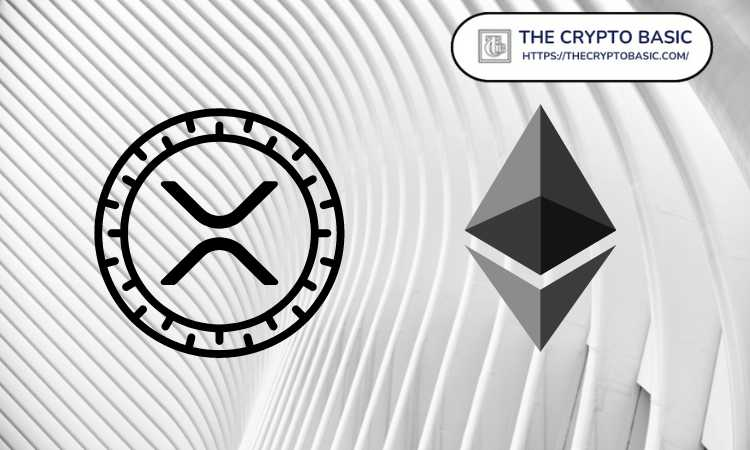Ethereum currently secures the position of the most versatile and utilized blockchain in cryptocurrency. The EVM, which serves as a program responsible for executing smart contracts and computation of network states on Ethereum, has been utilized by several blockchain developers to launch dApps fully compatible with the Ethereum network.
The XRP Ledger (XRPL), on the other hand, appears to have been behind the curve in blockchain interoperability with the EVM, despite seeing massive growth in recent years.
This is about to change with the launch of the testing phase of XRPL’s EVM-compatible sidechain, as announced by the official Twitter account of XRPL Developers, RippleXDev. Ripple developed the sidechain in partnership with blockchain development firm Peersyst.
“Introducing the first phase of bringing an Ethereum Virtual Machine (EVM) sidechain to the XRPLedger,” the handle mentioned in a tweet Monday.
The EVM-compatible XRPL sidechain will enable developers to seamlessly launch Ethereum smart contracts on the XRP Ledger without hassle. The initiative will introduce XRPL to a broader audience due to Ethereum’s massive reach in the crypto scene.
EVM developers were called upon to begin deployment tests on the recently-introduced sidechain as the bridge’s first stage goes live on the XRPL Devnet. ETH developers are to experiment with the chain and provide feedback and suggestions on the XRP Developers Discord channel.
Mayukha Vadari, Software Engineer at Ripple, speaking on behalf of RippleX developers, noted that the initiative would help developers leverage XRPL’s several benefits, including but not limited to high throughput and low transaction costs.
XRPL promises a plethora of benefits for blockchain developers, but its incompatibility with the versatile EVM has resulted in developers having to choose between XRPL’s attractive features and the EVM’s versatility. This sidechain will ensure developers can have both at once.
The sidechain launch will come in three phases, according to Vadari. The launch of the testing stage marks the first phase of the process, with the second phase expected to come in early 2023. The second phase will welcome participation from the general public as the sidechain goes permissionless.
The third phase, which will feature the final launch of the EVM sidechain, is slated for Q2 2023. “Throughout all three phases, the EVM sidechain will feature block and finality times comparable to the XRPL Mainnet and support Ethereum smart contracts and applications like Metamask, Remix, and Truffle,” Vadari added.
He mentioned that RippleX Developers settled for the launch of an EVM sidechain instead of making XRPL itself EVM-compatible because the latter would undermine XRPL’s scalability, security, and efficiency. The sidechain is expected to run in parallel with XRPL.




























